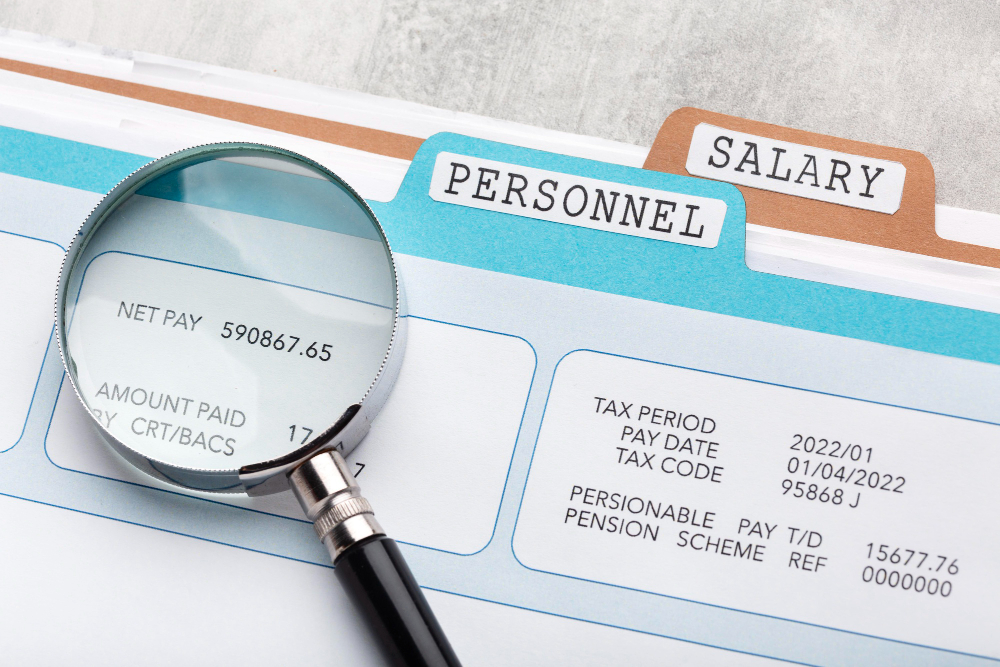1099-MISC and Pay Stub Matching: The Complete Guide
Introduction to 1099-MISC and Pay Stub Matching
Businesses that hire contractors, freelancers, and independent service providers must carefully manage financial reporting. One of the most important processes in this area is 1099-MISC and pay stub matching. This ensures that what is reported on IRS forms aligns with what contractors have actually been paid throughout the year. Failure to reconcile properly can result in financial penalties, contractor disputes, and compliance challenges.
For accuracy, many companies rely on tools like a pay stub generator to create consistent documentation for contractors. Similarly, reviewing each regular pay stub helps businesses cross-check gross payments, adjustments, and total compensation with what is ultimately reported on the 1099-MISC form. For more background, see our Payroll Compliance Guide.
Why 1099-MISC and Pay Stub Matching Matters
Matching 1099-MISC forms with pay stubs is not just a financial exercise; it is a compliance requirement. The IRS mandates accurate reporting for contractor payments, and inconsistencies between pay stubs and official filings can raise red flags. Proper reconciliation also builds trust between businesses and contractors by ensuring transparency. Learn more in our Contractor Payment Guide.
For example, if a contractor receives ten payments during the year, each one should be documented on a regular pay stub. At year-end, the total on these stubs must match the gross earnings reported on the 1099-MISC form. Any mismatch could cause the IRS to issue inquiries or result in corrected filings. For details on compliance, visit Tax Filing for Employers.
When to Reconcile Pay Stubs with 1099-MISC Forms
Many small businesses wait until tax season to reconcile payments, but this creates unnecessary stress. Instead, experts recommend performing reconciliation throughout the year. Monthly or quarterly reconciliation ensures that any discrepancies are caught early. By using a pay stub generator, companies can issue standardized stubs during every payment cycle, making end-of-year matching seamless. See also our Quarterly Payroll Tips for best practices.
Early reconciliation also helps contractors. They can verify that their regular pay stubs match their records, reducing confusion when tax documents arrive. More information is available in our Employee Pay Stubs Explained resource.
Step-by-Step Guide to 1099-MISC and Pay Stub Matching
1. Gather All Contractor Payment Records
Start by collecting all invoices, payment confirmations, and stubs issued to contractors. A regular pay stub acts as the foundation of reconciliation, offering a clear breakdown of gross pay and payment dates. For organization tips, check our Business Finance Tips article.
2. Verify Contractor Information
Ensure names, addresses, and taxpayer identification numbers are correct across all documents. Even a minor mismatch between a 1099 form and pay stub records can create IRS issues. Our HR Compliance Guide covers this in detail.
3. Compare Gross Payment Totals
Add up all gross payments from the pay stubs. This total must match what is reported on the 1099-MISC. Businesses using a pay stub generator can easily produce accurate summaries that automatically calculate totals.
4. Check for Reimbursements or Adjustments
Some payments, like reimbursements for expenses, are not reportable on a 1099. Make sure these are excluded from the reported totals. Reviewing each regular pay stub ensures clarity about which payments qualify. See also our Avoiding Payroll Mistakes guide.
5. Resolve Discrepancies Before Filing
If differences exist, identify whether the issue comes from late payments, duplicate entries, or data entry errors. Correct them early to avoid filing amended 1099s.
Common Mistakes in 1099-MISC and Pay Stub Matching
Employers often run into similar issues during reconciliation. These include:
- Failing to issue a regular pay stub with each payment, making it harder to cross-check totals.
- Misreporting reimbursements as taxable income.
- Incorrect contractor classification — treating employees as contractors or vice versa.
- Not verifying TINs with W-9 forms before issuing payments.
By incorporating digital systems and using a pay stub generator, these common errors can be minimized or eliminated entirely. For contractor rules, check Independent Contractor Guide.
How Technology Simplifies 1099-MISC Matching
Manual reconciliation is prone to errors. Today, businesses can streamline reconciliation with automated solutions. By generating stubs through a pay stub generator, companies create standardized documents that reduce inconsistencies. See also our Payroll Software Comparison for tools that help.
For instance, if a company pays 20 contractors, using a consistent regular pay stub format ensures uniformity across records. This makes auditing, reporting, and compliance much easier.
Best Practices for 1099-MISC and Pay Stub Matching
- Issue a regular pay stub for every contractor payment.
- Reconcile quarterly instead of waiting until December.
- Use a pay stub generator to maintain accuracy and consistency.
- Train accounting staff to identify common errors in contractor payments.
- Maintain organized digital payroll records for audits and compliance checks.
More best practices can be found in our Employer Best Practices resource.
Real-World Example of Matching
Imagine a business paying a contractor $2,000 per month. Each month, the contractor receives a regular pay stub showing the gross amount. By year-end, the total across 12 stubs is $24,000. The 1099-MISC form should also reflect $24,000. If only $22,000 is reported, reconciliation quickly identifies the missing $2,000 and ensures correction before filing. For more case studies, see our Payroll Case Studies.
Conclusion
Accurate 1099-MISC and pay stub matching protects businesses from costly mistakes and strengthens contractor trust. By consistently using a regular pay stub system and automating documentation through a pay stub generator, businesses can ensure reporting accuracy, reduce IRS risks, and simplify reconciliation. Making reconciliation routine, not just year-end, is the key to compliance and financial transparency. For further insights, visit our Financial Compliance Guide.

